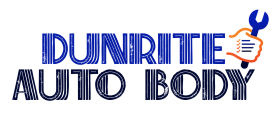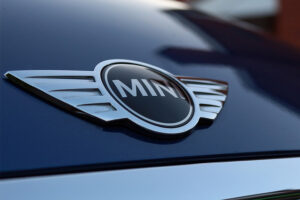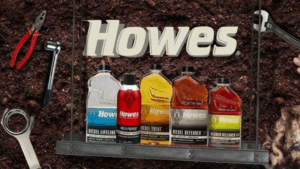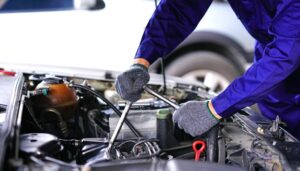
The first step in restoring a damaged car door at a collision repair shop is a detailed assessment of the damage. Technicians will examine the door carefully, looking for any dents, scratches, or structural damage caused by the accident. They will also check the alignment of the door to see if it has been misaligned, which could affect its functionality. In many cases, the door may have been bent or warped, requiring reshaping. Whether you’re seeking expert services for this type of repair or general Auto Repair in Escondido, CA, the technician will document all the damage and determine whether the door can be repaired or if a replacement is necessary. This initial evaluation helps the shop create a repair plan tailored to the extent of the damage.
Reshaping and Structural Repairs
Restore the door if it’s dented, bent, or deformed. Hydraulic and frame machines help collision repair specialists reshape doors. PDR includes gently rubbing the metal from the back to smooth tiny dents and bends. For severe structural difficulties, the door may need to be removed and repositioned or replaced. Repairing the door frame and interior structure ensures the door works properly when reattached.
Repainting and Refinishing
Once the door has been reshaped and the structural repairs are complete, it’s time to repaint and refinish the door to restore its original appearance. The repair shop will typically sand down the damaged area to remove any rust or old paint before applying a fresh coat of primer. The door will then be painted to match the vehicle’s original color. This process often involves the use of a spray booth to ensure a smooth, even coat free of dust or debris. Color matching is crucial in this step to ensure that the repaired door blends seamlessly with the rest of the car’s body.
Reinstallation and Final Adjustments
After the door has been repainted and refinished, it’s time for reinstallation. The door is carefully reattached to the vehicle, ensuring that it is properly aligned with the frame and body. The technicians will check the door’s operation, ensuring it opens and closes smoothly, latches securely, and fits evenly against the body. If any adjustments are needed to improve alignment, they are made at this stage. The technician will also verify that the seals and weather-stripping are intact to prevent leaks and drafts.
Conclusion
The restoration process ends with quality control. Technicians evaluate the door thoroughly to assure industry-standard repairs. They will inspect the door’s fit, function, and finish for paint flaws, alignment concerns, and hinge and lock issues. After the door passes the quality check, the repair company will clean the car, remove any dust, and return it to the owner looking new.






